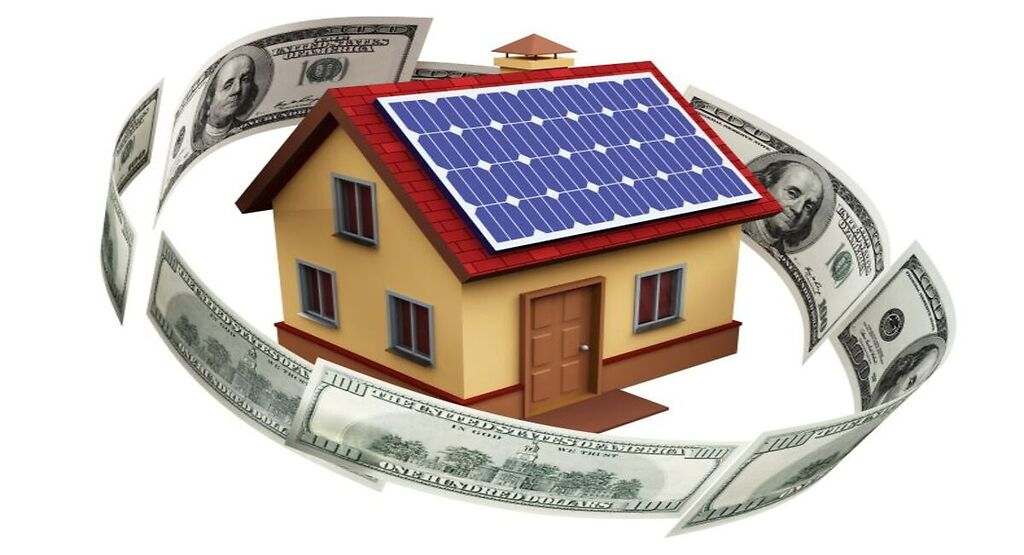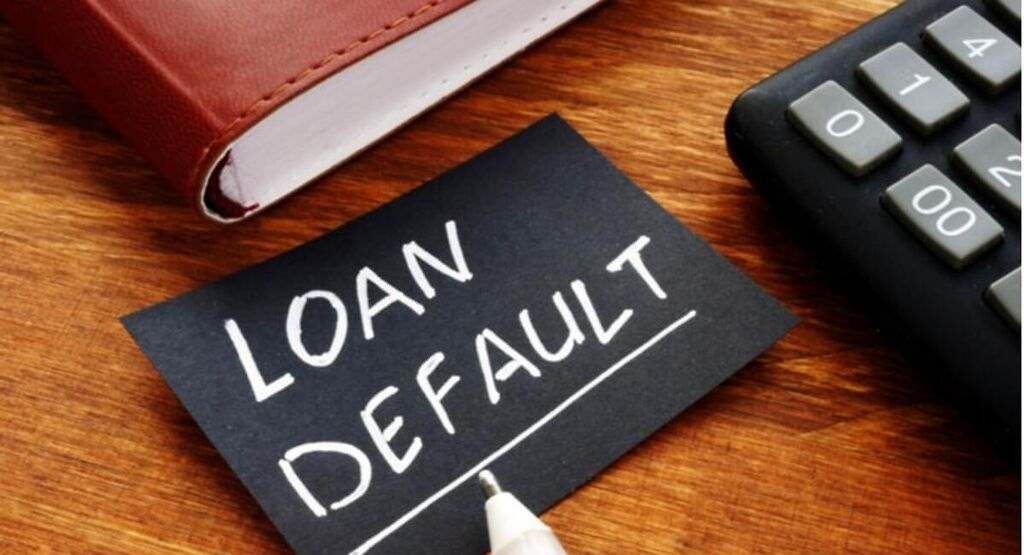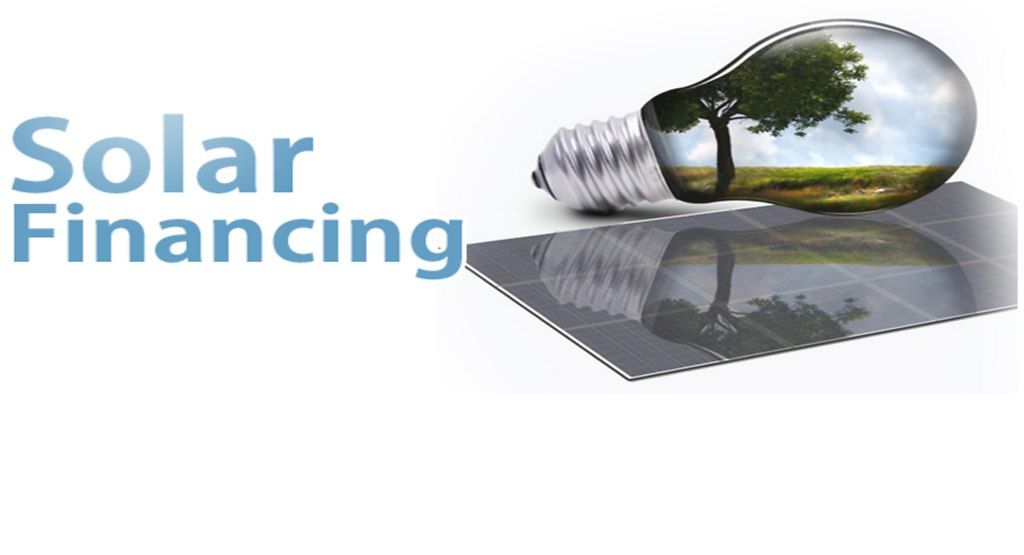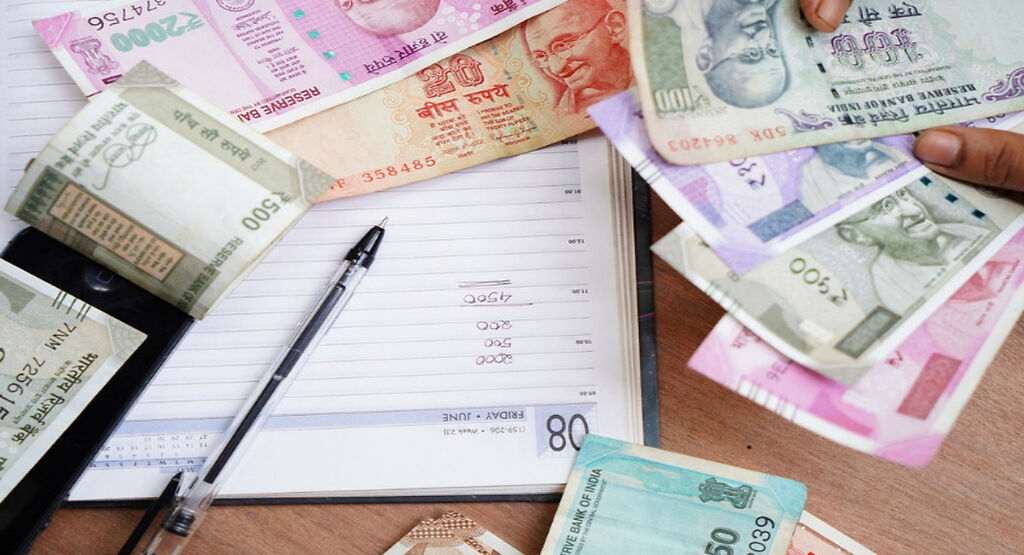How Do Solar Finance Companies Recover From Defaulters?

Overview:
Most households are aware that solar panels have the potential to reduce their monthly utility costs. However, many people are unable to come up with the $15,000–$25,000 required to purchase a system entirely. The good news is that obtaining a solar loan to acquire a solar panel system with little or no upfront charges is extremely simple.
A solar loan is a loan taken out to purchase and install solar panels. They allow homes and businesses to engage in solar design and installation without having to pay a huge amount of money up front. Many solar loan providers provide zero-down solar loans as well as the option to pay off a loan early without penalty.
Solar loans are commonly regarded as a subtype of home renovation loans. As a result, they are available in a variety of payment formats, terms, and rates. Solar loans are appealing to homeowners since the acquisition of solar panels results in immediate power bill reductions. The money saved on bills can then be used towards the monthly loan payment.
While solar loans are convenient, they provide a lower financial return than solar panel systems acquired outright.
How To Recover Loan From Defaulters:
When a borrower fails to repay a debt, the loan company begins the loan recovery procedure. RBI loan recovery guidelines ensure that the procedure benefits the lender while also honoring the borrower's legal rights and duties.

Loan recovery can be achieved in two ways:-
- Through a non-judicial route
- Through judicial processes
Through a non-judicial route:
In the first process, when the borrower cooperates, assets charged to the bank are sold privately or at auction. Concurrently, a personal guarantee is used to collect some more funds from the borrower's other sources. Unless the land, structure, and other immovable assets are part of the bank's security, complete recovery of the sum owing is nearly impossible. Typically, in the case of working capital loans, the sale of goods and book debts, which serve as the major security, do not generate enough revenue to cover the amount owed. The bank must eventually write off the difference between the provisions retained and the profit.
Due to the sheer nature of the Indian judicial system, banks are cautious to resort to legal action, particularly for modest loans. Even if a bank wins a suit filed case after a few years, enforcing the judgment becomes difficult. As a result, banks are increasingly relying on one-time settlements with borrowers.
The Reserve Bank of India (RBI) has detailed processes for dealing with compromise settlements, and each bank works hard to recover far more than the benchmarked sum. This strategy has been quite successful in terms of reducing the amount of defaulted loans.
Through judicial processes:
In the perspective of judicial processes, a quick examination of some of the special and enabling Acts issued by Parliament to aid lending institutions in dealing with challenging loan accounts is warranted. Recognizing the gravity of the situation of ill industrial enterprises sponsored by banks, the central government enacted the "Sick Industrial Companies (Special Provisions) Act, 1985 (SICA)". The Board of Financial and Industrial Reconstruction (BIFR) and an appellate body known as AAIFR (Appellate Authority for Industrial and Financial Reconstruction) were established in New Delhi under this Act. This requires every corporation to register as a sick company after its net value has been fully depleted.
Initially restricted to public limited businesses, this was expanded to include public sector undertakings in 1991. The ill undertaking and lending institutions are given detailed instructions on their responsibilities. First, an Operating Agency (one of the lending institutions) is chosen to conduct research and develop a draught strategy to determine if it is viable to resurrect the undertaking and, if so, under what circumstances, reliefs, and so on, OR to certify the undertaking can be wound up.
No legal action may be taken against the borrower once an enterprise is subject to BIFR under Section 22 of the Act, which is regarded as a crucial safeguard for the rehabilitation of revivable companies. The rehabilitation strategy does not have to be approved by the financial institutions. Over the years, it has been discovered that borrowers take full advantage of Section 22 protection and continue their operations, even if truncated, with the assistance of another friendly bank or on their own, dragging the proceedings in BIFR by seeking adjournments of hearing, appealing to the AAIFR on some technicality or another, submitting unacceptable one-time settlement proposals for a fraction of what is owed with repayment spread over several years.
Bank Loan Recovery Rules:
Loan recovery agents are legally bound by strict restrictions and are not permitted to harass borrowers in any way. These include:
- When it comes to contracting loan recovery agencies, banks must have a due diligence process in place and are accountable for all complaints lodged against them.
- Borrowers must first be informed of the specifics of the recovery agency.
- When meeting with the defaulter, the agent must also bring the authorization letter and a copy of the bank's notification.
- If a borrower files a complaint, banks are not permitted to transmit the case to a recovery agency until the complaint has been resolved or disposed of.
- This is overturned if the bank is satisfied by evidence that the objections are baseless.
- The bank must also guarantee that borrowers' concerns about the recovery process are addressed properly.
Solar Project Finance Companies In India:
The Indian government is urging everyone to use solar energy. To encourage the widespread adoption and use of solar energy, the Ministry of Finance has given public sector banks and private banks statutory instructions to provide loans at reasonable rates in accordance with Government of India and Reserve Bank of India Instructions to Public Sector Unit Banks and Private Banks on Financing. Solar PV project funding is normally obtained by the developer or sponsor. It is divided into two parts: an equity investment and project finance to service the debt.

Solar Project Finance Companies In India:
Project finance is the long-term financing of infrastructure and industrial projects based on the project's projected cash flows rather than the project sponsors' balance sheets. Prior to obtaining financial close, both the equity partners and project finance partners often perform an appraisal of the project that includes legal elements, permits, contracts (EPC and O&M), and technical concerns.
Prior to investing, project assessments (due diligence) identify hazards and solutions for managing such risks. Where the project has inherent hazards, the parties' exposure to these risks will be discussed and, where feasible, minimized through insurance.
Major solar project finance companies in India:
Indian public sector and private banks:
Almost all public sector banks, including the State Bank of India (SBI), Punjab National Bank, Bank of Baroda, and the Central Bank of India, offer loan financing for various types of solar projects. Private banks like ICICI, Yes Bank, and Axis Bank offer financing for solar projects.
According to a previous press release from the Indian government, "among public sector banks, SBI would finance the largest capacity of 15,000 MW." Banks provide financing for solar projects with annual interest rates ranging from 9.5 percent to 10.5 percent.
IREDA:
The Indian Renewable Energy Development Agency (IREDA) is a Non-Banking Financial Institution (NBFI) that provides term loans for renewable energy and thermal energy efficiency projects under the administrative jurisdiction of the Ministry of New and Renewable Energy (MNRE).
IREDA will fund up to 75% of the cost of the solar project initiative. IREDA performs credit ratings for all grid-related projects and assigns grades based on risk assessment. The interest rates are proportional to the grades. Interest rates are established from time to time by a "Committee for fixing interest rates" based on economic conditions.
The IREDA provides low-interest financing to solar energy project developers. The financing is channeled through a variety of channels, including direct lending and lending through various financial intermediaries, such as granting various lines of credit to NBFCs and debt underwriting, among others.
The NCEEF is also used by IREDA to provide subsidized loans at a low interest rate to renewable energy projects through designated banks. To provide such loans for renewable energy projects, IREDA frequently seeks financing from international agencies and banks.
IFC:
The World Bank's financial section, the International Finance Corporation (IFC), is involved in the financing of solar power projects in India.
The International Finance Corporation (IFC) is a global financial institution that provides advisory, investment, and asset management services to help developing countries build their private sectors.
Apart from advising state governments and investing in corporations, IFC has been actively involved in providing finance to solar projects and project development businesses. The IFC invests in Solar Technologies Company.
ADB:
The Asian Development Bank (ADB) is heavily involved in solar finance in India. ADB has emerged as the key credit provider for solar energy projects in India.
Many green funds are also available, which can provide equity at a lower cost and offset the cost of funding for these solar projects. It offers finance support through the India Solar Generation Guarantee Facility (ISGGF) as part of the Asia Solar Energy Initiative (ASEI) to stimulate solar energy development in underdeveloped member nations. For projects larger than 25 MW, ADB considers direct finance and/or guarantees.
REC:
The Rural Electrification Corporation (REC) offers financial help for the establishment of power production projects, with an emphasis on encouraging solar energy projects through its commercial activities. According to REC's proposal, the debt-to-equity ratio for private-sector debtors would be 70:30.
When the lead FI is funded on the basis of a different debt-equity ratio, REC proceeds with the lead Banks, NBFCs, and financial institutions' (FI) debt-equity ratio, subject to a maximum ratio of 3:1. And, if REC is the lead FI, the debt-equity ratio will be 70:30.
Solar Project Finance Model:
A well-chosen solar industry finance model establishes the groundwork for the success of the energy project, ensuring appropriate funding on attractive conditions. According to the Energy Outlook 2021, the combined market for wind and solar PV technologies in Europe might increase by 35 GW in 2021, needing a 60 billion euro investment.
A bank loan is one of the oldest and most common types of company financing, and it is still in great demand in the solar energy industry. Long-term loans accounted for a sizable portion of the $2.7 trillion spent in renewable energy sources globally during the preceding decade. There is no fundamental difference between short-term and long-term loans in general. Some of the latter's characteristics are as follows:
- Long-term financing for solar power plant construction is often available for a duration of 5-7 years or more, depending on the kind of project.
- The interest rate can be fixed or variable, with the latter being the more usual option. Loans with more sophisticated variable interest rates are increasingly being provided.
Interest rate volatility necessitates the development of new financial transactions that are tailored to shifting market conditions.
In this respect, the variable interest rate makes the financial model of the solar power plant project more flexible, allowing it to respond to the general financial conditions. As a result, traditionally fixed-interest-rate banking operations are increasingly being replaced by indexed loans, the parameters of which fluctuate based on market movements.
Any lending activity includes the lender taking on a certain level of risk. As the maturity time lengthens, the uncertainty grows, and the need for guarantees to safeguard the lender becomes more widespread. Real guarantees in the form of securities, real estate, moveable goods, and other valuable assets might safeguard a loan for the construction of a solar project. If there is insufficient collateral, the financial institution may require one or more guarantors to provide debt repayment in the case of the borrower's firm defaulting.
Given that a major solar power plant with an installed capacity of 100 MW may cost $ 80-100 million or more, some projects are funded through bank syndicates rather than individual banks.
Syndicated loans are used to fund major projects using a single credit transaction.
This sort of loan assists energy businesses in reconciling their goal to avoid excessive concentration of risk from financial institutions with the necessity for huge volumes of finance.
Conclusion:

Based on financial behavior and a credit score, banks and other lenders can typically forecast when a borrower is about to fail.
Each lender's approach will differ, but in general, it entails attempting to adjust specific circumstances to assist the borrower repay the loan, such as expanding payback periods. If this fails, assets may be confiscated in the event of secured debts, or loan collection agencies may be hired. If nothing of these options succeeds, the lender may decide to write off the debt or label the borrower/company a Non-Performing Asset, or NPA.

